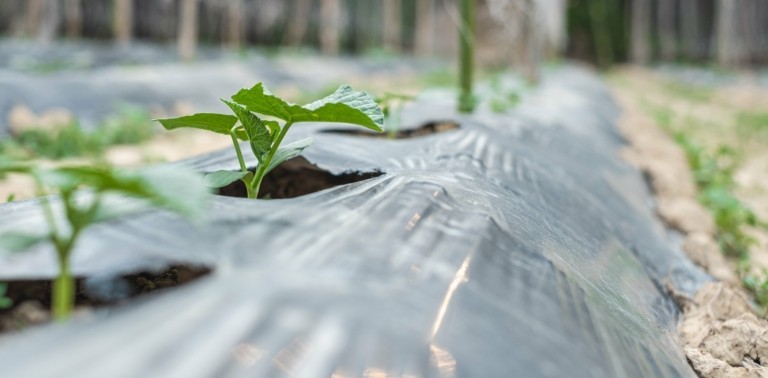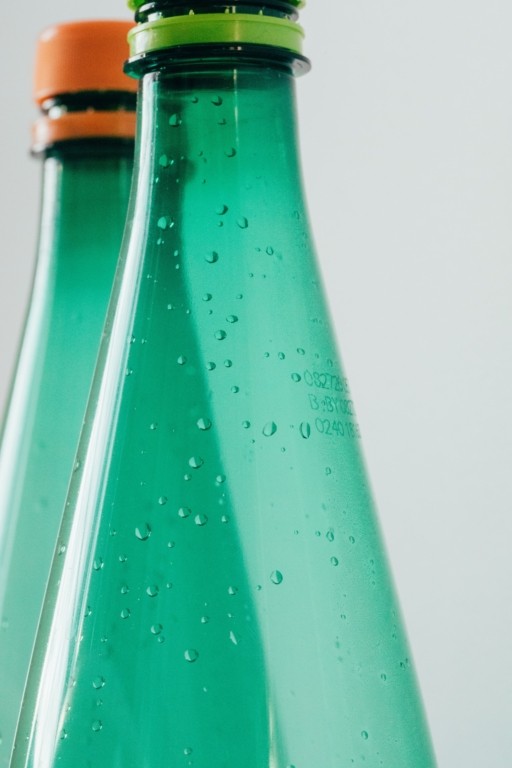
Oxo-biodegradable technology which started off as photodegradable technology has limitations which most consumers and manufacturers do not understand. The use of these technologies in the manufacturing process is somewhat easy, but the end uses are a little more confusing. What do these products really do?
Oxo-biodegradable Technologies
Companies that use these technologies need to understand that placing these products into landfills they have no use without first being broken down by UV light. The ASTM method which tests the oxo-biodegradable technologies has a 3 tier approach first the technology must be subjected to UV rays to begin the polymer chain reduction. Without the first tier of testing the products are useless in landfill or compost environments. University of Loughborough tested these Oxo-biodegradable technologies to see if their products worked without the exposure to UV light, the results were astounding as the plastic products did nothing.
What these test results tell us is that utilizing Oxo-biodegradable technologies for consumer disposal goods such as plastic spoons, forks, knives, plastic carry out bags, t-shirt bags and all other disposal items which are immediately thrown away do not receive the UV exposure which is required for the Oxo-Biodegradable technologies to work. The consumer must first place their products into environments with UV light(which is only found in litter environments), by littering the disposable goods the oxo-biodegradable technology does have it’s advantages over normal plastic products. Otherwise the Oxo-biodegradable technologies do not have advantages to conventional plastic products. Countries such as the UAE and Pakistan have recently leaned towards Oxo-biodegradable technologies to reduce landfill waste.
Alternatives to Oxo-Biodegradable Technologies that do work in landfills
BioSphere biodegradable plastic additive has been formulated to enhance the biodegradation of plastic by initializing hydrolysis which is much light when the oxo-biodegradable products do in sunlight. The difference is the BioSphere biodegradable additive technology does not require sunlight to begin the reduction of the polymer chain. The plastic product is reduced by organic reactions between the microbes and their ability to secrete acids which consume the plastic product. This is an alternative organic additive to oxo-biodegradable technologies which work in all environments including compost and landfill environments.
For more information regarding BioSphere biodegradable plastic additive visit our site at https://biosphereplastic.com



